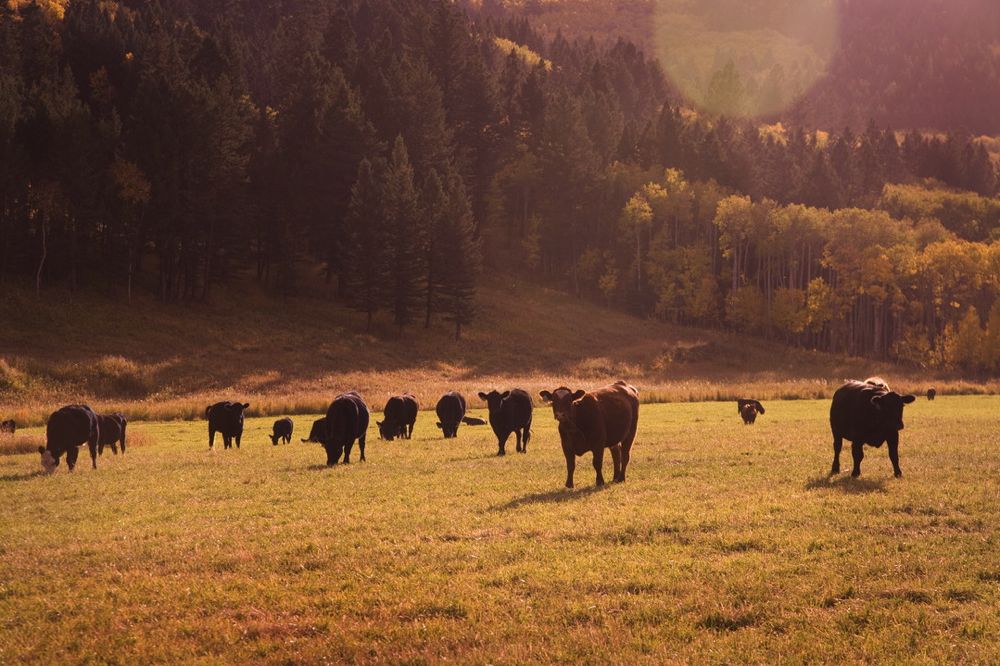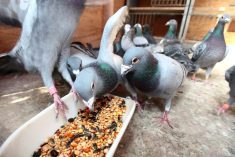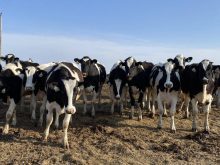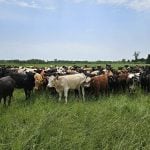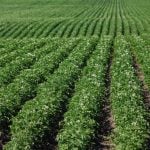Ranchers, consumers and others who have thoughts on how beef and its cattle should be sustainably produced in Canada are asked to speak up again, this time by early November at the latest.
The Canadian Roundtable for Sustainable Beef (CRSB), in the midst of developing a Verified Sustainable Beef Framework, has released its new draft list of sustainability indicators, which “reflect what will be measured to evaluate sustainable practices across the beef value chain,” for public consultations.
“Based on feedback from the first consultation, indicators have been refined, and more detailed metrics across the three levels of the scoring system have been added,” Page Stuart, an Alberta cattle feeder who co-chaired the roundtable committee that developed the indicators, said in a release Thursday.
Read Also
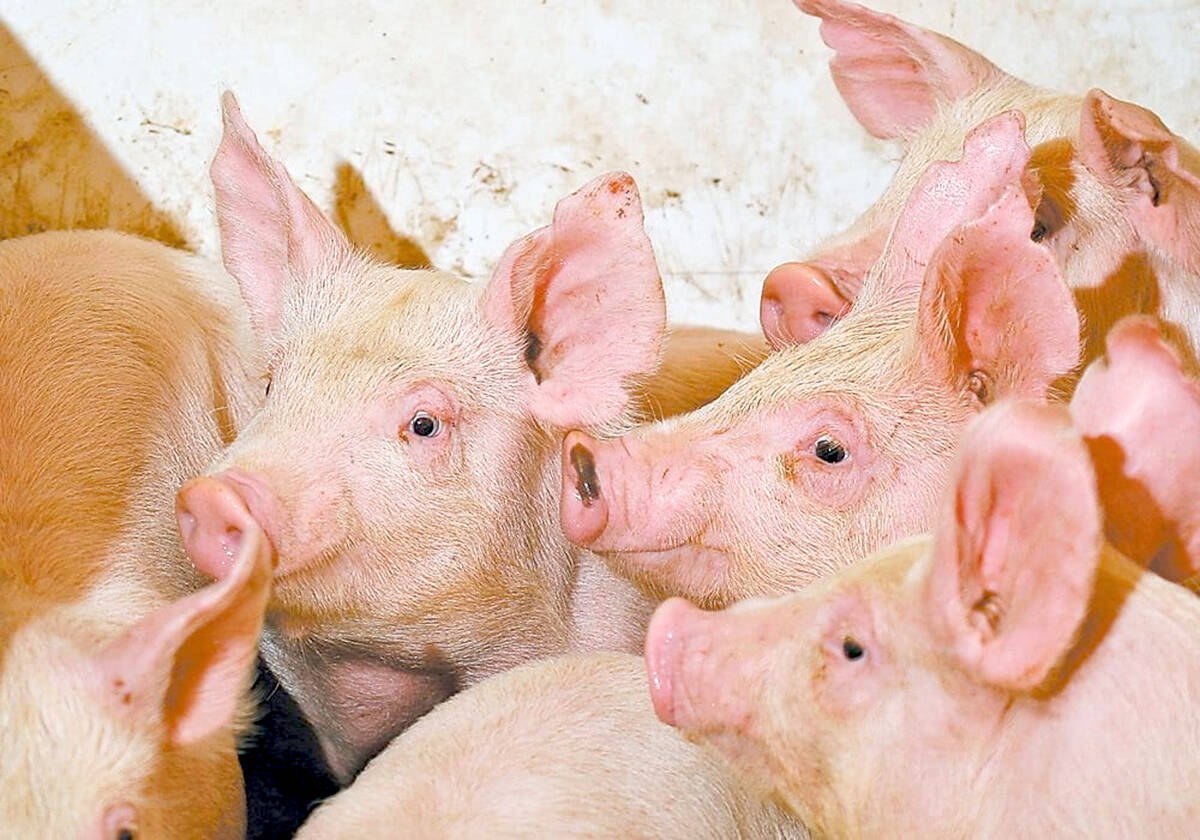
U.S. livestock: Cattle prices down, hogs rise again
Live and cattle futures on the Chicago Mercantile Exchange retreated for a second session, while lean hogs extended their rally….
The comment period for “final public input” on the sustainability indicators opened Thursday and will run until Nov. 4.
Along with verification protocols, “chain of custody” guidelines and sustainability claims, the final production and processing indicators will form part of the CRSB’s Verified Sustainable Beef Framework, which is expected to be launched in December.
“I believe these indicators will provide the beef processing sector with the support to implement sustainable practices in their operations, and will assist the Canadian beef industry to meet consumer demand for programs that show our commitment to sustainable beef production,” Calgary-area cattle producer and CRSB chair Cherie Copithorne-Barnes said in the same release.
Criteria for sustainable use of natural resources include ensuring water resources and air emissions are “responsibly managed” and land resources and ecosystem health are “maintained or enhanced.”
In terms of impacts on people and communities, the indicators include ensuring operations show a “safe and healthy” work environment, “equity and respect” in treatment of workers, community involvement, career development opportunities, and a provincial or federal license to operate.
Indicators for animal health and welfare include ensuring cattle are regularly monitored and have sufficient quantity and quality of water and feed, when required, to meet their physical needs. Operations must also take actions to “minimize animal pain and distress,” and that compromised and sick animals are “managed appropriately.”
Food indicators include ensuring a food safety program is followed, information is shared “up and down the supply chain,” efforts are made to reduce food waste, and “responsible efforts” are made to ensure quality of beef and related products to customers further down the supply chain.
Indicators for efficiency and innovation include ensuring an operation “reduces, reuses and recycles,” uses energy efficiently and considers “innovative options” for energy use, uses innovations and technology in a “responsible” manner, and pursues “continuous learning and collaboration” on sustainability. — AGCanada.com Network

